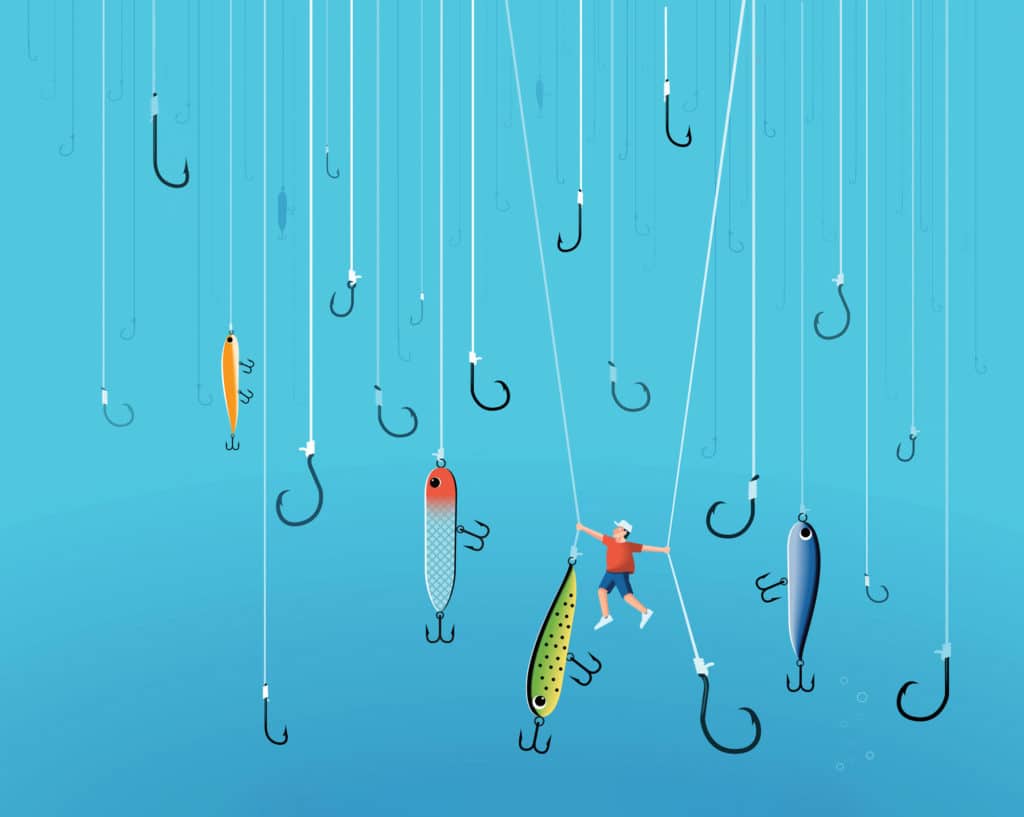
The array of fishing lines on the market offers a sometimes boggling set of options, but look at the bright side: This also means the right line for you is somewhere on a tackle-shop shelf. Match the fundamental qualities of a line with your particular fishing, and you’re well on the way to finding the perfect line.
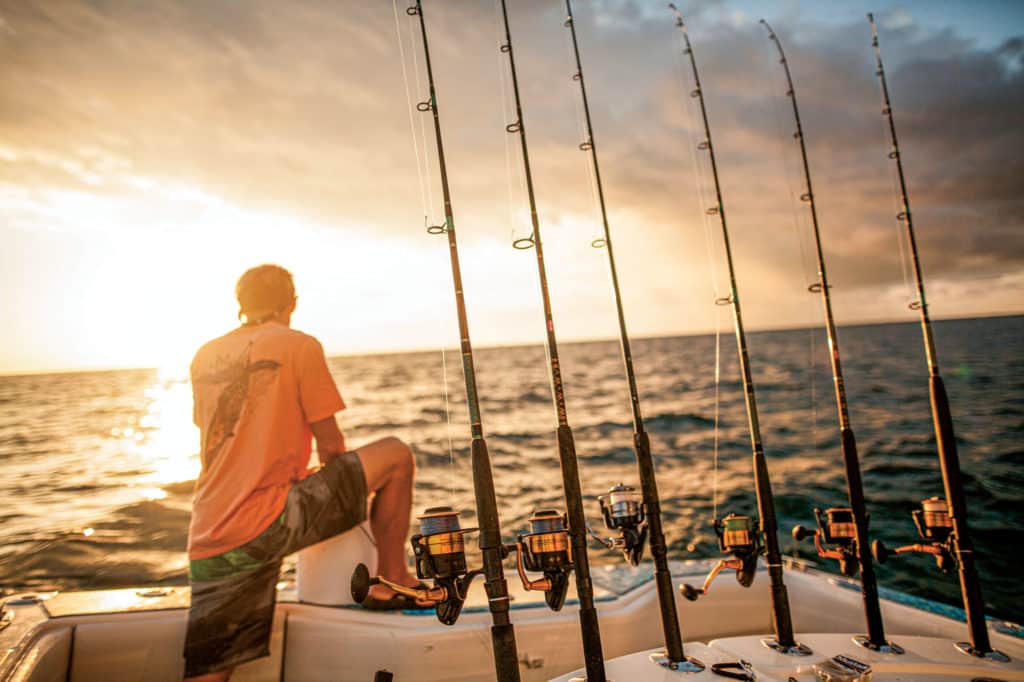
Monofilament
Monofilament line is one of the most significant advancements in sport fishing’s history. Ever since Dupont engineers melted nylon and extruded it into a single long, thin strand, anglers have had the advantage of a thin, strong and nearly invisible single-polymer line strong enough to best the biggest fish.
From the time nylon mono first hit the water, chemists, engineers and anglers have worked together to develop lines to meet specific needs. Tim Wiedow, a senior chemist at Berkley Fishing, explains, “By using different nylons, controlling the extrusion process, and adding finishes, we can affect the stiffness, stretch, diameter and feel of the line.” Changing the ingredients and adjusting the machines, Wiedow can create a slicker line with thinner diameter and less memory for improved casting, or a line with larger diameter, and thus higher abrasion resistance, a stiffer feel, and more stretch for leader material. When live-baiting, a thinner, more flexible nylon mono often performs better, allowing the bait more freedom to move naturally. Around structure, a thicker mono, while stiffer, holds up to the abuse better.

Wiedow recommends anglers look at line diameter before considering breaking strength. “I can make line with 0.010-inch and 0.015-inch diameters that both break at 10 pounds,” he says.
Diameter will suggest other qualities, such as memory and strength. Also bear in mind that the pound-test rating on most lines is a minimum breaking strength. Unless the line is identified as tournament- or IGFA-rated, its breaking strength may be significantly higher than the label suggests. A line labeled 30-pound may, in fact, break closer to 40 pounds.
Recently, Berkley’s technology team partnered with South Florida Capt. Ray Rosher to develop ProSpec Chrome, a stiffer, more abrasion-resistant line specifically designed for kite-fishing, which is hard on line. “When we’re kite-fishing, the line is sawing back and forth through the rod guides and kite clip,” Rosher says. He fits his reels with a 150-yard top shot of 20-pound mono, which he changes every few trips. “We can change out the top shot quicker and cheaper than replacing braid.”
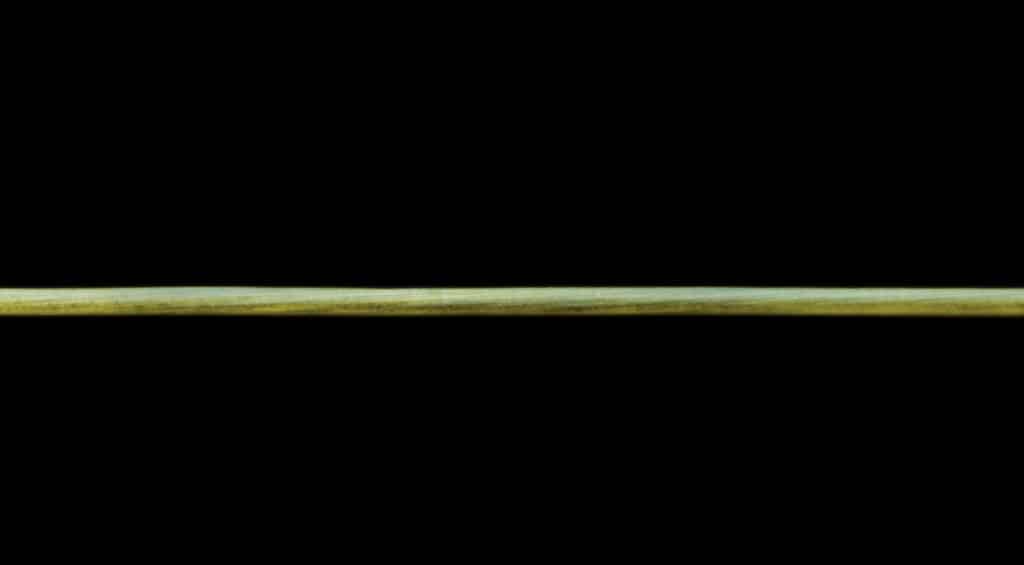
Original 20-pound ProSpec has a diameter of 0.016 inch, while the same-test Chrome has a diameter of 0.018 inch. “We went through several trials to come up with the right stuff,” Wiedow says. Berkley adjusted the materials and process to make ProSpec Chrome tougher. Chrome is more abrasion-resistant and stiffer. By using ProSpec Chrome, Rosher can now go longer between line changes. “And a stiffer line is easier to handle,” he adds.
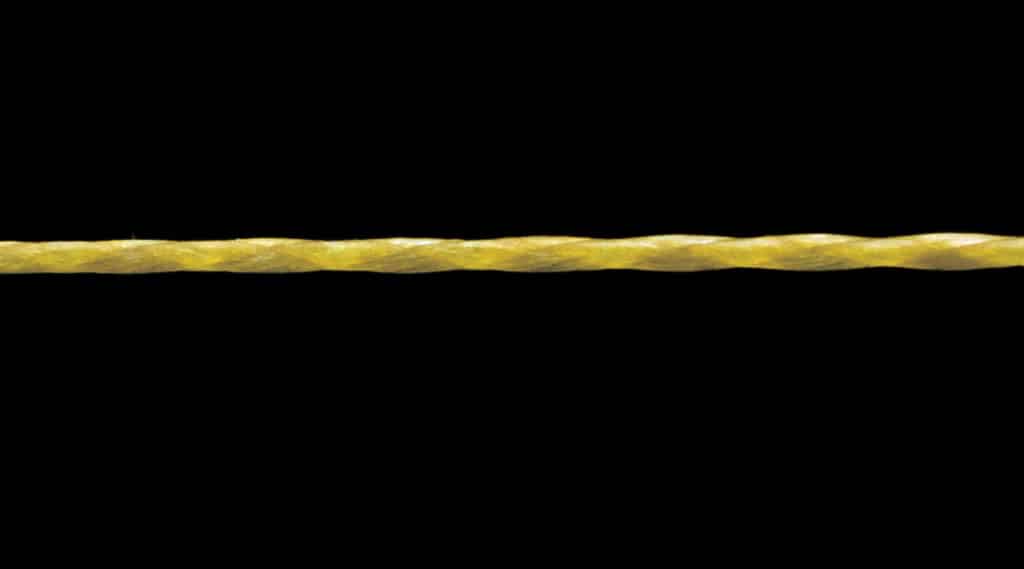
Braided Line
Whereas monofilament consists of a single strand of nylon, braided fishing lines are constructed of multiple strands of synthetic fibers woven together. The advantage is a thinner line that’s abrasion-resistant, and has little stretch and high sensitivity. Using braided line, anglers can cast farther, pack more line on a smaller reel, drop a bait to the bottom with less weight, and feel the slightest nibble.
“At first, people hated braided lines because they cut through rod guides and melted in the sun,” says Tom Woldruff, product manager at PowerPro. Over the past 20 years, however, Woldruff and other engineers developed processes and materials to make braid behave better. Woldruff says the biggest advancements have focused on how the lines are woven. “We’ve optimized the weave pattern for abrasion resistance without sacrificing tensile strength,” he explains.
All braided line starts as one of two materials: Dyneema or Spectra. To make braided line, fibers are woven in four- or eight-carrier strands. “Four-carrier weaves are more abrasion-resistant,” Woldruff says. However, eight-carrier braid is softer and easier to cast. Since four- and eight-carrier lines can be the same diameter, the fibers in eight-carrier braid are thinner, yielding a smoother finished line. “The challenge is developing an eight-carrier line with the strength of a four carrier,” he explains. PowerPro has achieved that goal with its new Super 8 Slick V2 line. The secret, according to Woldruff, is a tighter weave that increases both strength and softness.
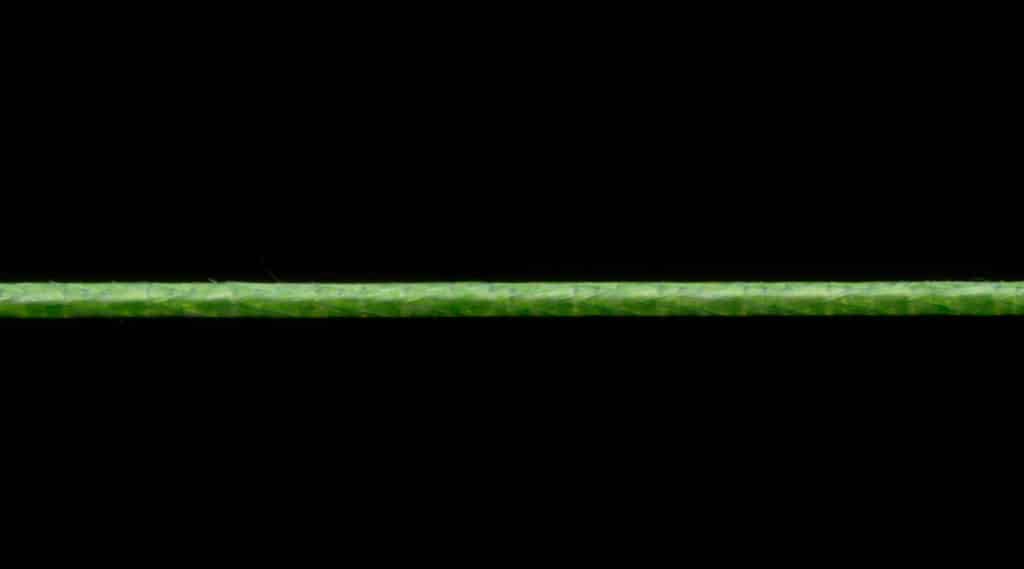
PowerPro also coats the line with a resin to make it softer, rounder and stronger. “We’ve got a secret sauce,” Woldruff says. While coating the line improves performance, uncoated braids have some advantages. “Uncoated braids have a more delicate lay when finesse fishing,” he says. While this improves sensitivity, uncoated braid will be more susceptible to wind knots and backlashes.
Coating hollow-core braid also affects its performance. To keep the line from digging in on the spool under pressure, the hollow braid is often coated with wax. The downside is an increase in stiffness and diameter. Woldruff explains: “Both types can be spliced, but coated braid is more robust for battling big fish. High-quality braid is woven with a one- or two-pick-per-inch tolerance.” Lower-quality braids allow up to six picks per inch, plus or minus. A pick is the crossing of one fiber with another. That pick tolerance and consistency have a huge effect on line test and performance.
Woldruff also says low-quality braid will not maintain consistent breaking strength through the spool. “Each manufacturer measures line strength differently,” he says. To ensure true line test, PowerPro uses a screw-driven tensile tester and capstans to separate the braid from clamping forces. “We label according to minimum breaking strength and historic product strengths,” he says.
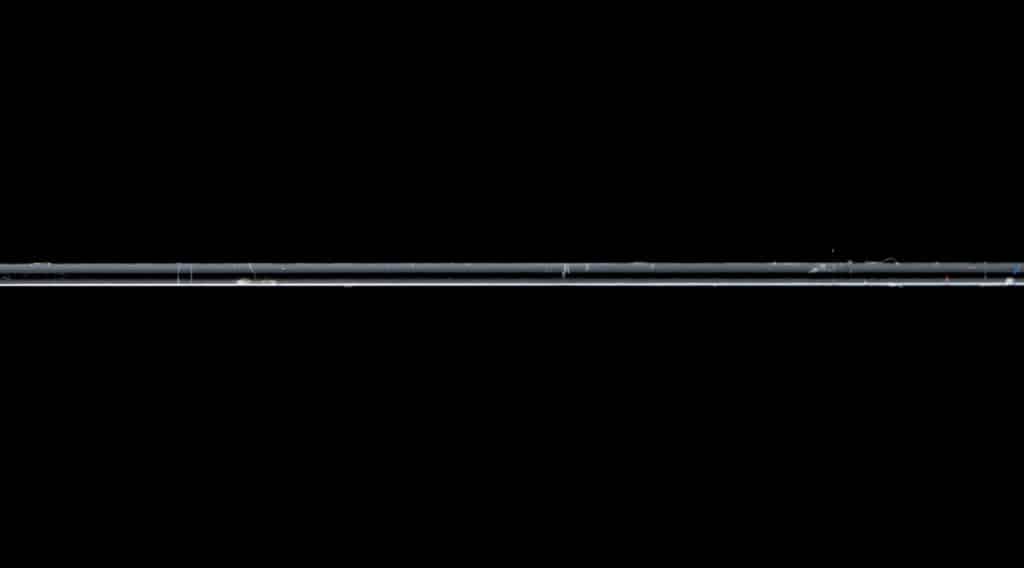
Fluorocarbon
Fluorocarbon line is also a monofilament, but the raw material—fluorocarbon—refracts less light than nylon, so it is virtually invisible underwater.
The advantages of fluorocarbon are more than skin-deep. The material is stiffer than nylon mono, making it more sensitive and abrasion-resistant, and it is denser, so fluoro sinks faster. These qualities make fluorocarbon perfect for leader material. Nearly invisible, fluorocarbon leaders are a distinct advantage when stealth is required, such as when live-baiting or chunk-fishing. On the other hand, fluoro is stiffer than nylon mono, so it doesn’t cast or hold knots quite as well. It also stretches considerably less, so it won’t absorb the shock of a big fish making a sudden move, one of the positive attributes of nylon mono in many cases.
On long-range tuna trips off Southern California, anglers target 200-pound yellowfins from an anchored boat using the handrail for support and leverage, and heavy drag to turn the fish. Fluoro is the leader material of choice for wary tuna. But since it does not stretch much and has lower knot strength, the lack of forgiveness often proves detrimental when targeting big fish with a long fluoro top shot over braid.
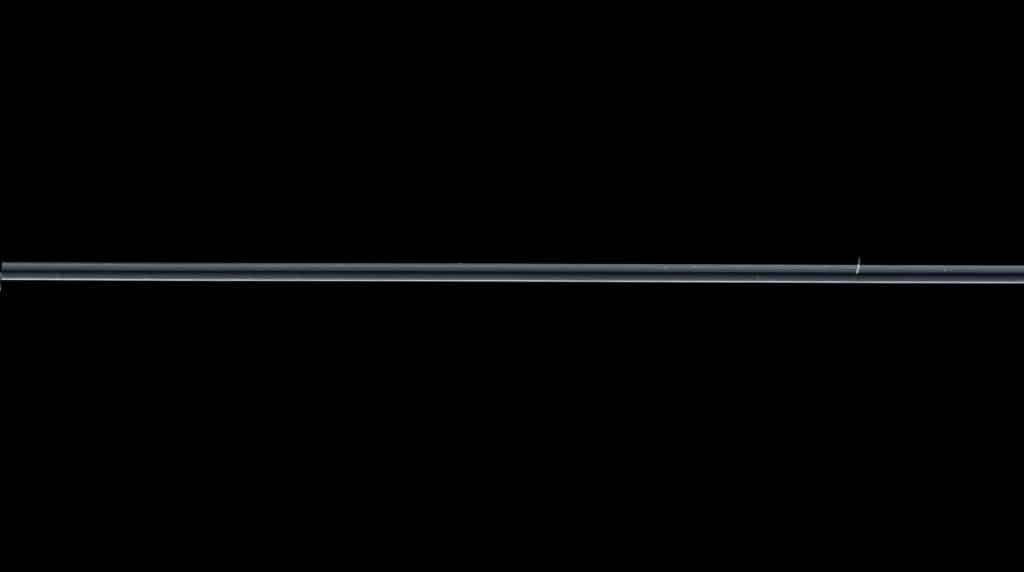
Soft Steel Fluoro-Stretch fluorocarbon was born on those long-range-boat rails. Soft Steel creator and long-range-trip angler Tony Garza explains, “The lack of stretch when fishing fluorocarbon over braided line is harrowing.”
Fluoro-Stretch, according to the manufacturer, is 100 percent fluorocarbon, but by slowing the extrusion process, Soft Steel maintains a more consistent diameter throughout the line. Garza challenges anglers to a simple experiment. “Run your fingers along any mono or fluorocarbon, and you’ll notice variations in diameter.” The line is rated on the breaking strength of the weakest section. In independent tests, Fluoro-Stretch had 30 percent higher breaking strength than other fluoro lines of the same labeled pound-test.
As for the stretch, according to the manufacturer, Soft Steel uses “a selection and mix of high-quality raw materials” to make its Fluoro-Stretch softer than traditional fluorocarbon. Tests show regular fluorocarbon stretches about 24 percent, while Soft Steel stretches about 35 percent. That added stretch allows for more-secure, easier-to-seat knots than many fluoro lines.

Copolymer
To capture the best attributes of nylon and fluorocarbon, engineers are combining high-quality nylons with different characteristics to create copolymer fishing lines.
Ben Miller, product development manager at Sufix, explains how its Advance Hyper Copolymer blends nylon with HMPE, the raw material in braided line. “Copolymers offer a monofilament with ultrahigh abrasion resistance, increased sensitivity, high transparency and low memory,” he says.
The result is a line with 50 percent less stretch than monofilament to detect more bites and produce more solid hook-sets. Advance Hyper Copolymer is also more UV-resistant, so it lasts longer on the spool. The line is designed to improve knot strength, increase casting distance, and survive encounters with barnacle-crusted dock pilings and razor-sharp coral.
Read Next: Monofilament Fishing Line for Saltwater Fishing
By controlling the combination of raw materials, copolymers can be customized for specific purposes. Miller offers these examples: “Our Elite copolymer is higher in tensile and knot strength, and supple for longer casts. Sufix Seige, on the other hand, is developed to be more abrasion-resistant and stiffer for targeting big fish, when casting distance isn’t a concern.”
The wide variety of fishing lines available may seem confusing at first, and the lack of specific data that manufacturers are willing to offer can further cloud the issue. But an awareness of the qualities of different lines provides a good starting point when choosing the best line for your type of fishing. You’ll still need to give them a test drive, checking knot strength and handling or castability to fine-tune your selection. The payoff will be the confidence that comes from knowing the line connecting you with that trophy fish won’t let you down.









